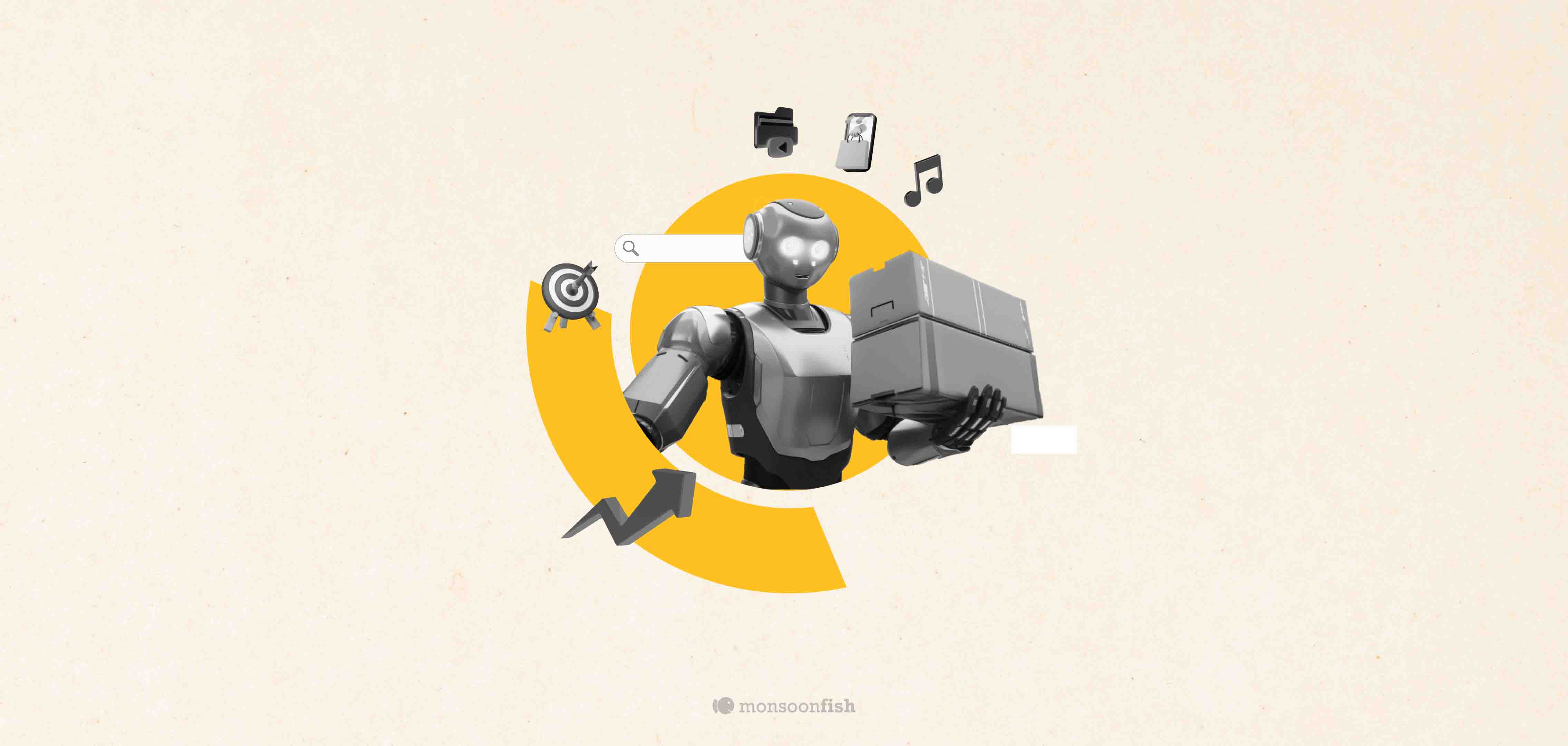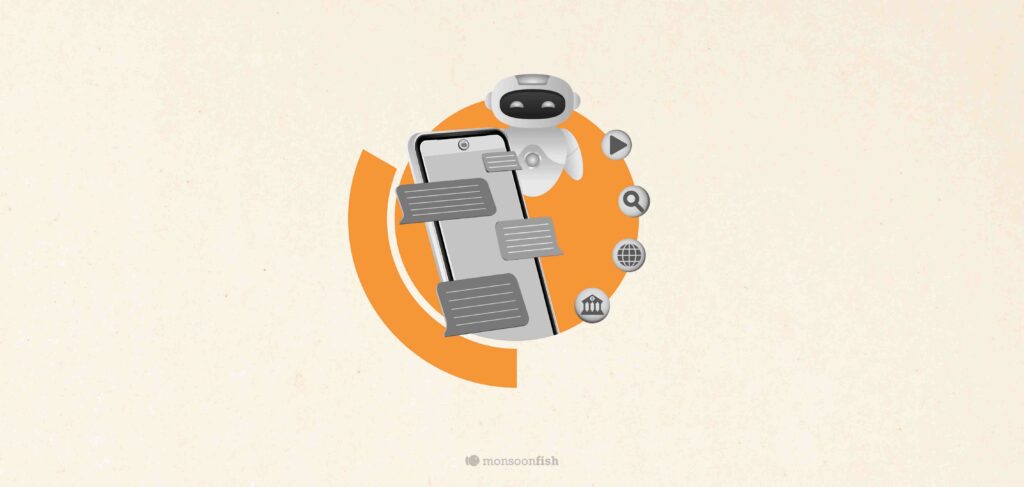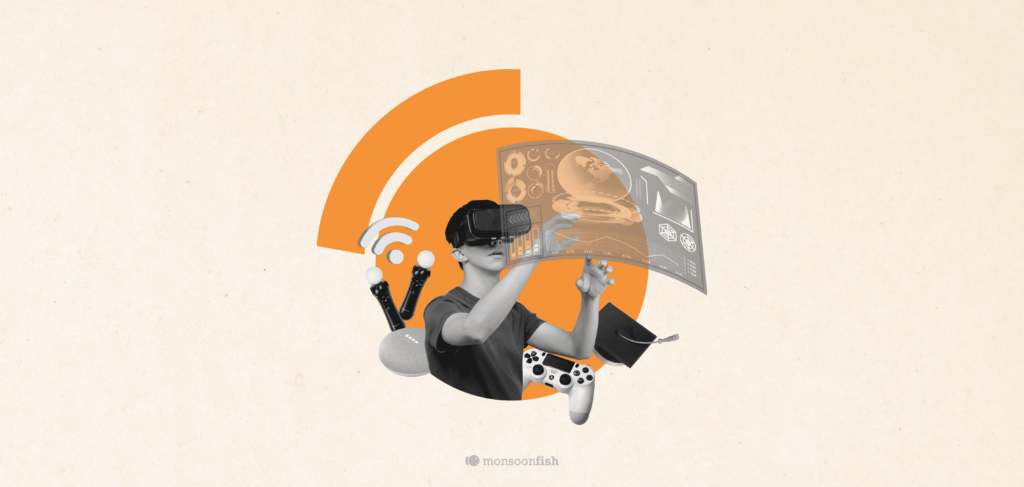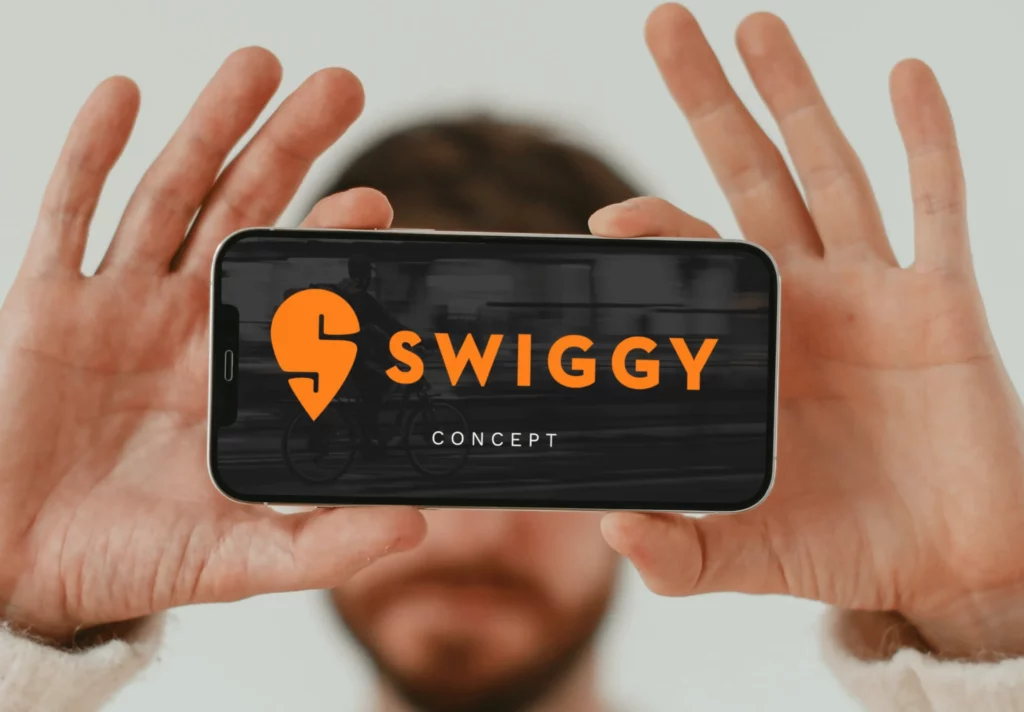Schedule a free consultation session with our design expert.
Psychology-Driven UX Strategies: Elevating User Satisfaction
By understanding the psychological mechanisms, you as designers can maximize the potential of design to bring about purposeful, significant and impactful results.
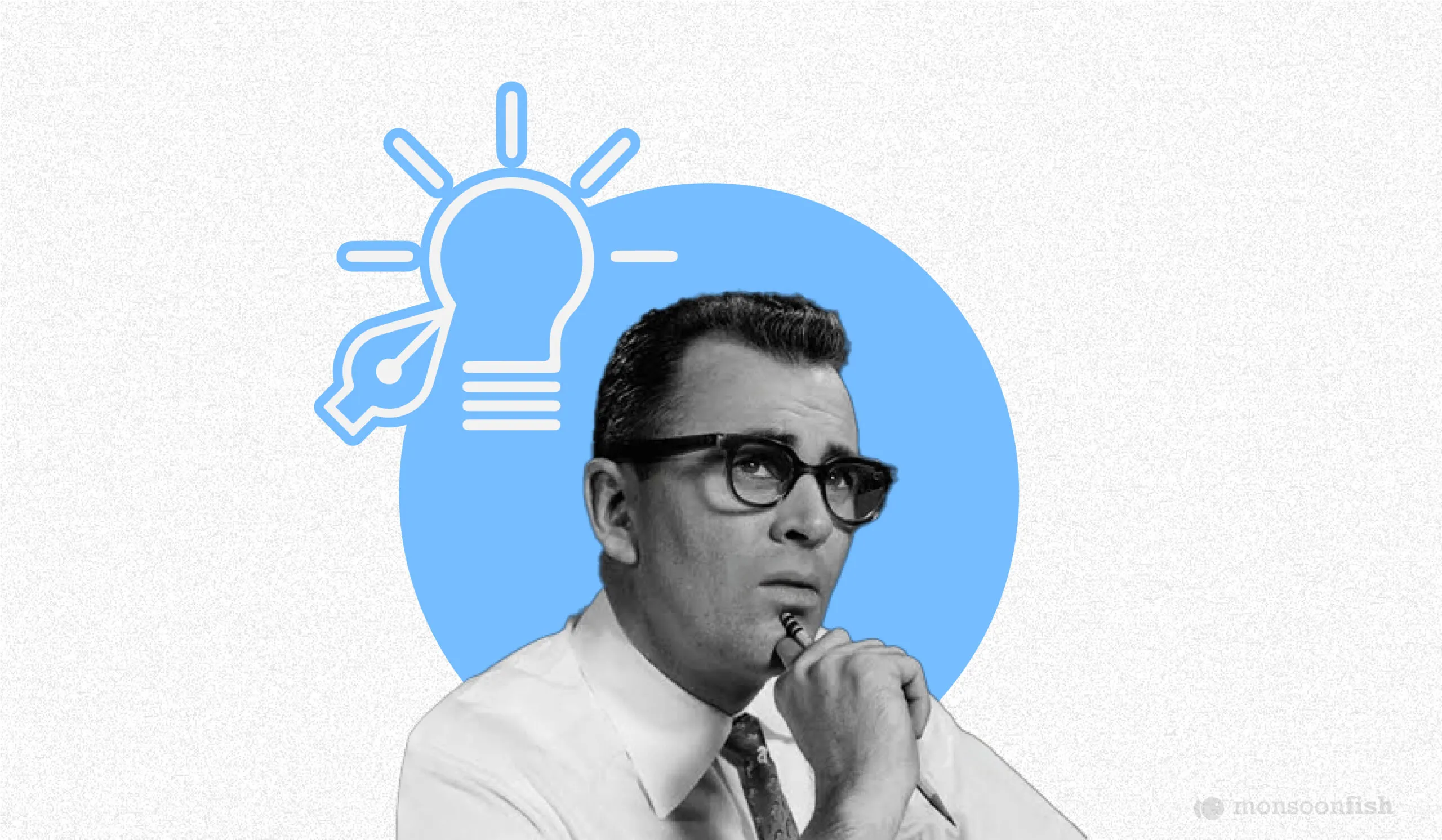
In this context, psychology refers to the approach of every individual or society towards design. Understanding their perspective can help craft designs that evoke positive emotions and fulfill their needs.
It would be beneficial for designers to invest in the research of user psychology with cognitive, emotional, and behavioral aspects that have a heavy influence on the perception, and adoption of digital products.
By studying the psychological mechanisms, you as designers can maximize the potential of design to bring about purposeful, significant and impactful results.
Psychological principles have been studied and implemented to a great extent, for delivering user-centric design solutions. So let’s explore the relationship between psychology and the process of designing.
Minimize Effort of Thinking
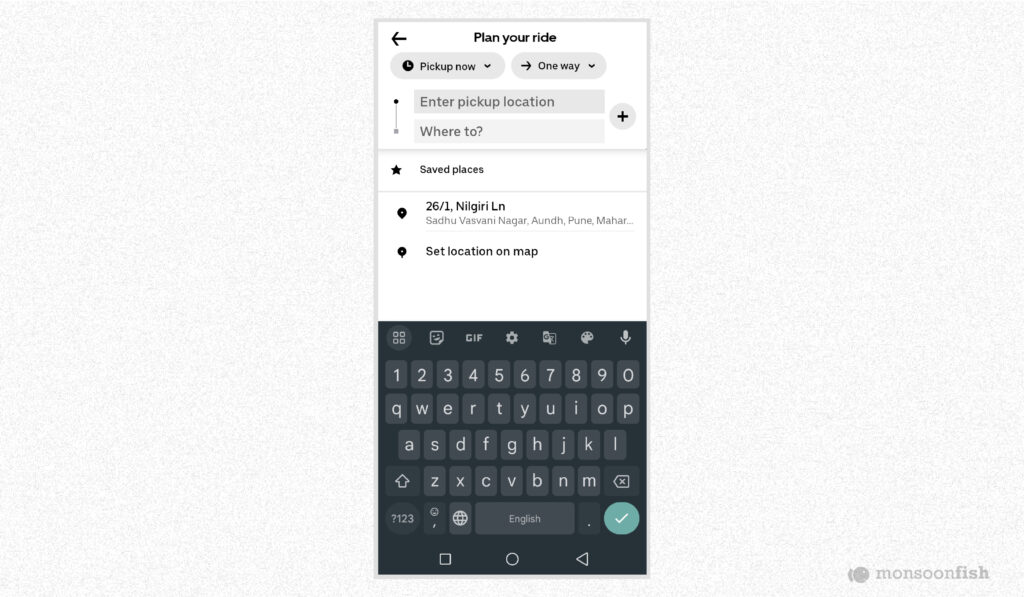
- People will always go to the app or website which will get their task done with minimal work.
- So as a designer it would be effective to avail limited and necessary information to prevent the clusters. Provide detailed information only if the visitor wants.
- To make your context easy to understand, inserting visual examples can be impactful.
Consider Limitations
- Adapt context according to users’ interest and provide information that is required at the moment.
- Make the information easy to scan, keeping the text concise.
- Streamline processes to reduce the number of steps, as users get irritated by repetitive tasks.
Design Considering Errors
- Assume people make mistakes, and then create a design solution that is easy for them to undo the errors on their own.
- Break tasks into smaller manageable chunks can help prevent the UX errors.
- Implement double confirmation steps for actions with significant consequences.
Understand Human Memory
- As human memory is complicated and constantly changing, relying solely on users’ thoughts may not be helpful.
- Reduce information across pages and tasks to lessen the burden on users’ memory.
Leverage Social Media

- Technology plays a significant role in socializing which is why social media platforms have a profound influence. Therefore, ratings, reviews, and feedback are so efficient on websites.
- Leverage mirror neurons, showcasing others’ actions can motivate users to take similar actions.
Grab Attention
- Attention is the key concern for designing an engaging UI as people can miss changes in their visual field. Therefore, designers can avoid this from occurring by the usage of right colors, large fonts and audio prompts to grab attention.
- The pop-ups or videos on pages cannot always be beneficial, as people can easily be distracted.
People Create Mental Models
Conduct thorough research on users’ mental models before designing interfaces. Having said that, making designs that will encourage and convince users to adopt new mental models that can stand out as positive UX.
Use Visual System for Your Advantage
- Users have peripheral vision to grasp the essence of the displayed content, therefore, it is essential to balance color combinations for a visually pleasing composition.
- As designers, you must ensure that clickable text appears visually clickable.
- Make use of large fonts, but not too decorative so they are easy and attractive while reading.
Key Take-Away
We designers strive to design user-centric products, and to develop desired products we must understand our users and consider their psychologies. The principles of psychology can help you create UX that is effective, intuitive, and enjoyable to use!
Moreover, by emphasizing user behavior, designers can build experiences that create trust and engagement.
CATEGORIES
